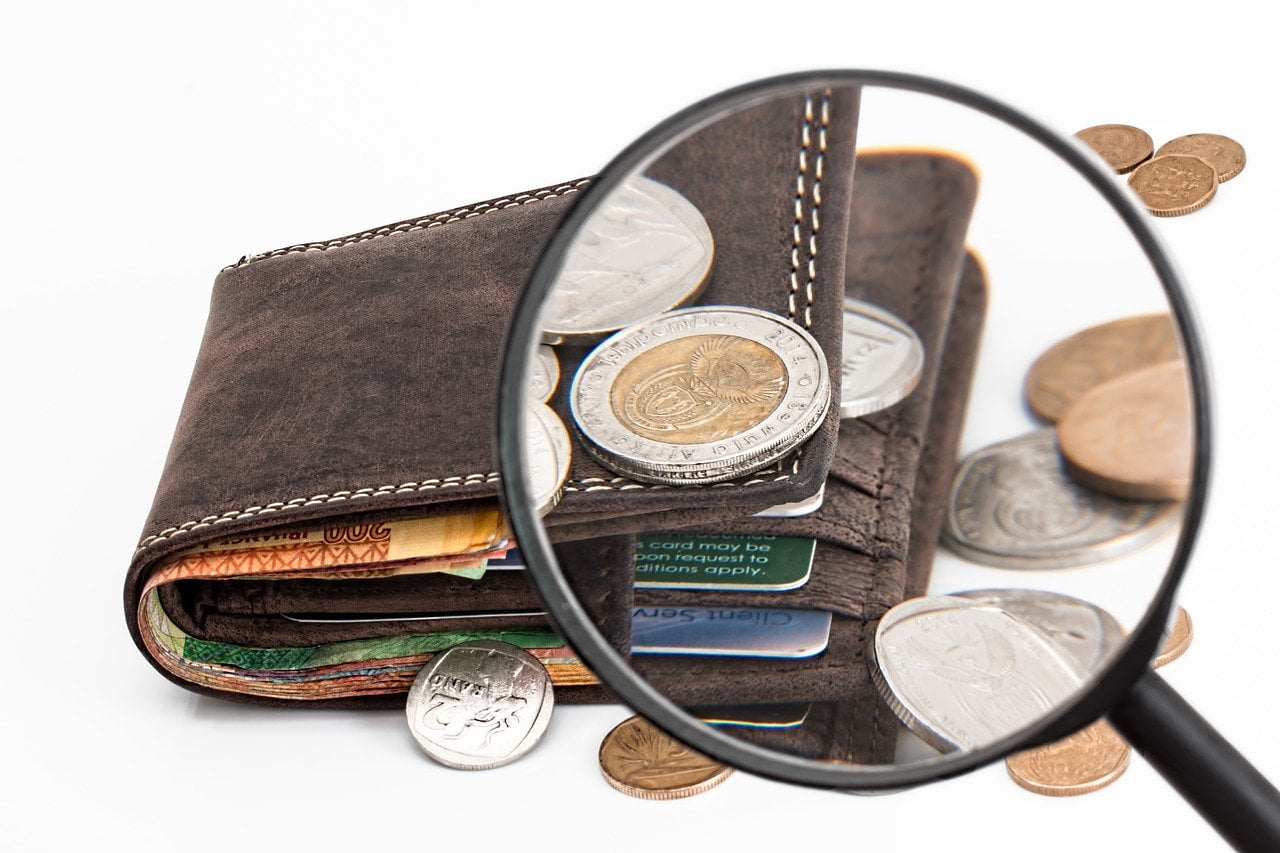The ancillary effects of COVID-19 on the economy are mounting. COVID-19 cases continue to climb in the US and Europe, quarantines remain firm, and markets have taken a bludgeoning throughout March. A supply shock from China’s declining manufacturing output since its Hubei lockdown is paired with drastic decreases in consumer demand as social distancing becomes a cultural standard in many countries.
Q1 2020 hedge fund letters, conferences and more
To stop the bleeding, the Federal Reserve has announced unprecedented measures to stimulate the economy with monetary policy. The “Fed Bazooka,” as it has been coined, includes lifting commercial bank reserve requirements, cutting interest rates to zero, and restarting open market operations where the Fed purchases securities in a bid to increase financial liquidity.
But the response to the ongoing COVID-19 crisis doesn’t stop there. An incoming fiscal stimulus package, equating to $6 trillion when accounting for the Fed’s operations, is set to flood Americans with paychecks, businesses with low-interest loan opportunities, and bailouts for major industries.
These are the weeks when decades happen
As market volatility fluctuates and uncertainty abounds in public sentiment, approaching investing can be a daunting task. However, the emerging crisis exposes some of the critical drawbacks of saving your precious USD in only a bank account.
In fact, investing your funds outside of solely a bank account may be a prudent strategy in the coming months. Diversification is the name of the game.
The trust problem of banks and governments
Many investors take an onerous view of banks because of their uncomfortably close relationship to the government and high-margin business of using cheap credit (from the Fed) to lend at higher rates to the average American.
Especially under the circumstances today, banks are receiving zero-interest loans, which they then loan out at higher rates to small businesses, family households pursuing mortgages, and credit card users. Besides the punitive rates many Americans face while banks bask in their high-margin returns, savings rates on FDIC-insured deposits in America are abysmal.
For example, the average national savings interest rate for deposits less than $100k (most Americans) is only 0.09 percent.
Bank Savings And Interest
Under normal economic circumstances, investing in Treasuries would breed higher interest rates for investors for a historically safe asset. But these are not normal times. Investors are so scared of market turmoil that short-term Treasury yields are actually negative — meaning that investors are paying the government to deposit their money with them.
The situation with banks is even more concerning. For example, Bank of America instituted cash withdrawal limitations, which is a historically telltale sign of solvency problems. Moreover, the FDIC Gov Twitter account posted a concerning video encouraging people to not withdraw cash from banks. Observers were quick to seize on the untimely video.
Considering both the trust issues and low rate of returns with banks, it’s not wise to deposit all your money with them. So, when banks provide minimal returns on investment, are subject to an abuse of trust of their customers, and now have no reserve requirements — where do you park your money?
Global pandemic and risk
Investing during unprecedented times, like a global viral pandemic, hinges explicitly on your flavor for risk.
For example, if you want to minimize all exposure to risk, Treasuries provide an excellent vehicle for ensuring the security of your USD. The problem, as mentioned before, is that you will actually incur a price for short-term Treasuries. If you love risk, you can throw caution to the wind and try and catch the bounce of the S&P 500 — a most dangerous game.
But there are much more nuanced methods of investing during volatile periods, which requires striking a balance in your strategy.
Diversification is touted as the best way to robustify a portfolio for a reason — all of your eggs are not in one basket. If all your money is one market (e.g., stocks) and the stock market crashes, like it just did, you will be depressed when you view your portfolio balance.
If all your money is in a bank savings account, not only will you barely earn interest, but there are no reserve requirements and cash withdrawals are curtailed — there is more uncertainty than before the crisis.
Never put all your eggs in one basket
The better option includes sprinkling your funds across a broad set of investments. For example, put some of your money in government bonds, gold, cash (some physical and some in a bank), stocks, government bonds, AAA-corporate bonds (anything below AAA is highly risky at this point), and even pour some funds into emerging lending platforms.
Combined, a diverse portfolio will not only safeguard your nest egg from blowing up when markets go haywire, but it will also, on average, generate a higher return than investing all your money in the poor savings rates offered by commercial banks.
In particular, P2P lending platforms backed by secured collateral are proving highly popular for investors of all ages. Platforms like Constant furnish users with the option to choose from a market of different borrow/lending rates on their own terms, with no minimum capital requirements, and fully secured loans.
Interest for some of Constant’s products, like Flex, is four percent for lenders, which is head-and-shoulders above bank savings interest rates (caveat emptor).
A broader macro investment perspective
Now is probably not the ideal time to throw caution to the wind with blind risk management, and it’s best to hunker down with a diverse portfolio to minimize your risk exposure. Diversification will also generate more from your funds than a typical bank savings accounts, which are currently experiencing some trust issues of their own as bank reserve requirements no longer exist.
COVID-19 has thrown a wrench into the economy and paralyzed the world. The history of fractional-reserve banking shows that you should avoid putting all your eggs in the savings account basket, as will any prudent investment strategy. Now is likely not the time to generate crazy returns on your investment, but rather play defense.
That doesn’t mean you should stop investing entirely. Nor does it mean to only invest in a bank savings account. Depending on your risk tolerance, there are a variety of options at your disposal to navigate the financial uncertainty of 2020.






